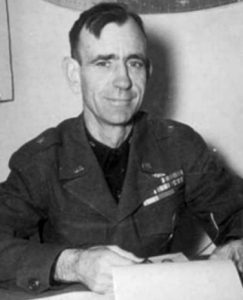
George Price Hays was born on September 27, 1892, in China, where his parents worked as Presbyterian missionaries. When he was nine years old, his family returned to the United States, and his father became pastor of the Presbyterian Church in EI Reno. After graduating from EI Reno High School and attending Oklahoma A&M College, he volunteered for military service shortly after our nation entered World War I.
He was commissioned a second lieutenant in 1917, and by July 14, 1918, was a first lieutenant serving in France with the 10th Field Artillery, 3rd Division. On that day, during the Second Battle of the Marne near Greves Farm, his unit came under a heavy German artillery barrage and the communication lines were destroyed.
Despite the intense fire, Hays rode on horseback between his unit, the command post, and two French batteries for the rest of that day and the next. Although he was severely wounded and had seven horses shot out from under him, his efforts contributed to the halt of the German advance. For these actions, he was awarded the Medal of Honor the next year, in 1919.
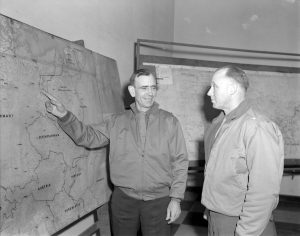
He commanded the 99th Field Artillery (Pack) from 1940 to 1941; among his subordinates was Captain William Orlando Darby, who went on to found the U.S. Army Rangers. After the United States’ entry into World War II, Hays participated in the Battle of Monte Cassino in early 1944. He commanded the 2nd Infantry Division’s artillery on Omaha Beach during the invasion of Normandy in June of that year.
In late November 1944, after returning to the U.S., Hays took over the 10th Mountain Division when its previous commander fell ill. After training, the division arrived in Italy in January and fought throughout the spring offensive. On April 24, 1945, William Darby was assigned to the division as Hays’ assistant commander; he was killed in action six days later. After the end of the war in Europe, Hays became High Commissioner for the US Occupation Zone in Germany from 1949, and was placed in charge of the occupation forces in Austria from 1952. He retired from the military in 1953, having reached the rank of lieutenant general.
Hays died August 7, 1978. He has been inducted into the OSU Alumni Hall of Fame, and in the Oklahoma Military Hall of Fame in 2006.
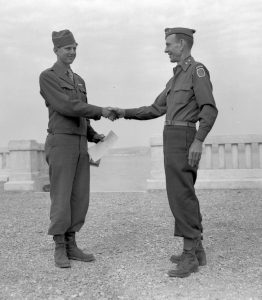
Medal of Honor Citation
- Rank and organization: First Lieutenant, United States Army, 10th Field Artillery, 3d Division.
- Place and date: Near Greves Farm, France, 14-July 15, 1918.
- Entered service at: Okarche, Oklahoma.
- Born: September 27, 1892, China.
- General Orders No.34. War Department, 1919.
Citation:
At the very outset of the unprecedented artillery bombardment by the enemy, his line of communication was destroyed beyond repair. Despite the hazard attached to the mission of runner, he immediately set out to establish contact with the neighboring post of command and further establish liaison with 2 French batteries, visiting their position so frequently that he was mainly responsible for the accurate fire therefrom. While thus engaged, 7 horses were shot under him and he was severely wounded. His activity under most severe fire was an important factor in checking the advance of the enemy.


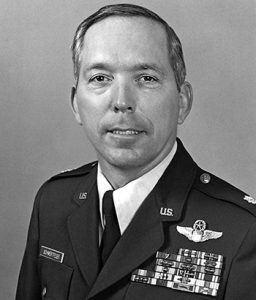
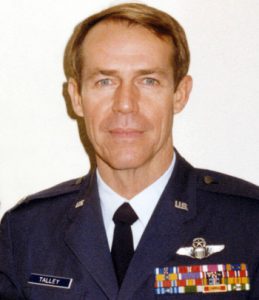
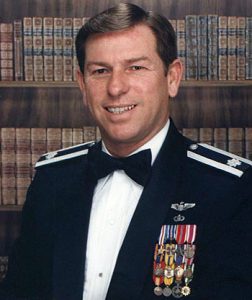


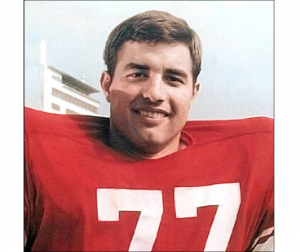 Bob was an All-American offensive lineman at the
Bob was an All-American offensive lineman at the 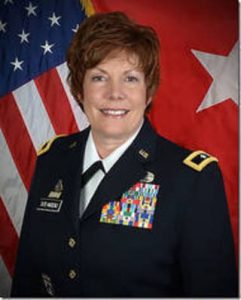
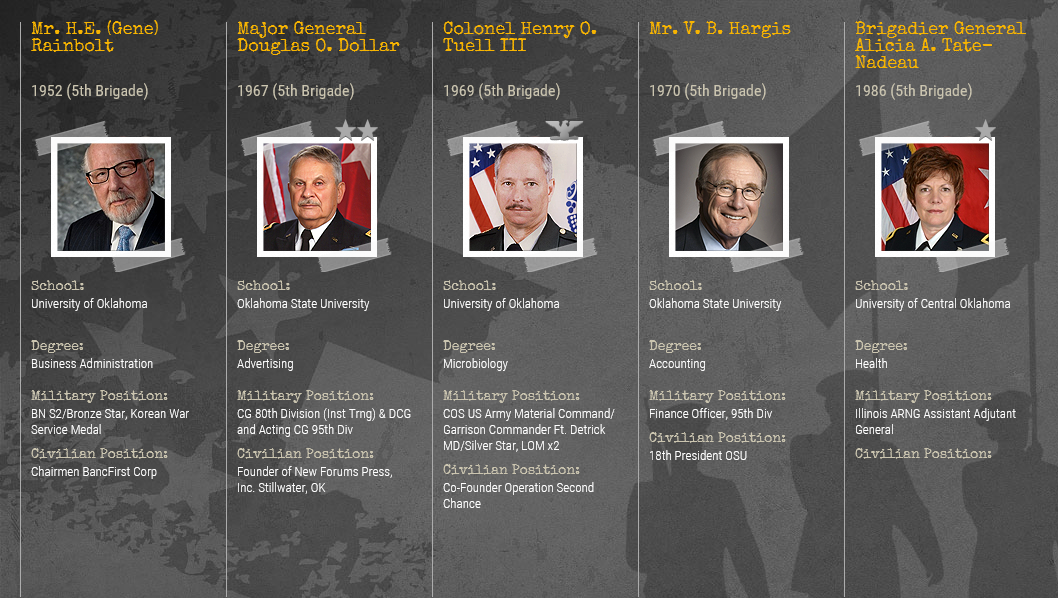
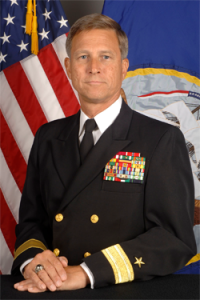 More than 80 graduates from Oklahoma State University have served as generals and admirals in the military service since World War I, but retired Rear Admiral Greg Slavonic (’71) could be the first to publish the leadership insights he learned along the way in a book titled Profiles in Patriotic Leadership.
More than 80 graduates from Oklahoma State University have served as generals and admirals in the military service since World War I, but retired Rear Admiral Greg Slavonic (’71) could be the first to publish the leadership insights he learned along the way in a book titled Profiles in Patriotic Leadership. The admiral’s early view of leadership started to take shape when he was assigned to work 12-hour days in the mess hall of the aircraft carrier USS Constellation, which was stationed off the coast of Vietnam in the Tonkin Gulf.
The admiral’s early view of leadership started to take shape when he was assigned to work 12-hour days in the mess hall of the aircraft carrier USS Constellation, which was stationed off the coast of Vietnam in the Tonkin Gulf. 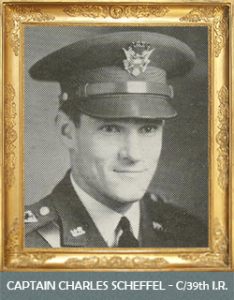 When Charles Scheffel was a youngster in Enid during the Great Depression, he was destined to become a soldier, but he didn’t know it yet.
When Charles Scheffel was a youngster in Enid during the Great Depression, he was destined to become a soldier, but he didn’t know it yet.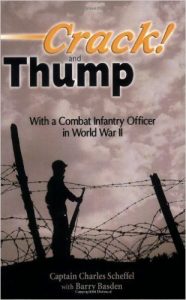 Scheffel had no intention of taking anything more than the mandatory ROTC courses, he said. ROTC turned out to help him not only to get his degree at OSU but to be an infantry leader in combat. He took basic ROTC three times a week. America had the draft and a student could be drafted from college unless he was in ROTC.
Scheffel had no intention of taking anything more than the mandatory ROTC courses, he said. ROTC turned out to help him not only to get his degree at OSU but to be an infantry leader in combat. He took basic ROTC three times a week. America had the draft and a student could be drafted from college unless he was in ROTC.